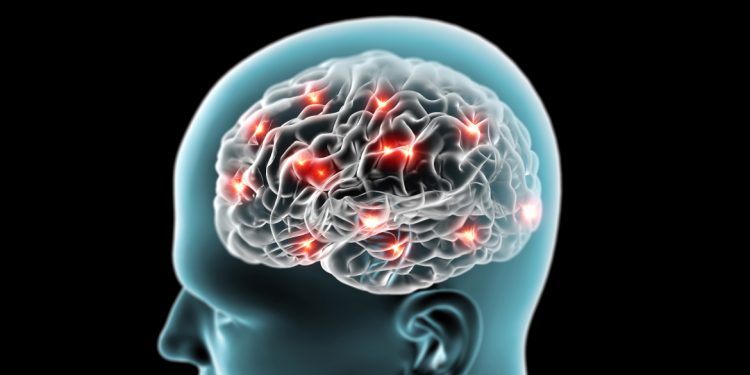
Neuromarketing. The emotions that make us love a label

By Riccardo Oldani
The brain is perhaps the organ of the human body that scientists know the least about. Its extremely complicated structure (made up of billions of neurons interconnected in a three-dimensional network) is a difficult universe to explore, at least with traditional investigation techniques. But neuronal activity also produces weak electrical signals that neuroscientists have learned to pick up and interpret. Although they are still unable to fully decipher our thoughts, with appropriate techniques they can understand which parts of the brain are activated the moment we carry out an action and can draw conclusions from this information. Like, for example, whether we enjoy doing a certain thing or not. And also how we enjoy it: whether from a purely physical point of view, or because it evokes certain memories and, therefore, through indirect mechanisms. Among other things, they are able to tell us how much emotion and how much rationality intervene in our choices.
A special armchair measures what we feel
Using the most advanced techniques available, for example brain-computer interfaces based on the electroencephalogram (which allow direct communication between our nervous system and a computer), as well as other methods able to perceive a change in the electrical activity of facial muscles or eye movement, a group of researchers at the IULM University of Milan, coordinated by professor Vincenzo Russo, has developed a system to understand how we make certain buying choices. It is based on the use of a special armchair, the Mind Chair, which is set up in a room, the Mind Room, inside the Brain & Behavior Lab of the IULM. These sittings put the people undergoing the tests at their ease, allowing researchers to observe all the signals and activity, cerebral or otherwise, that they need for their study, without creating uncomfortable conditions that could alter the data observed. The results of this work, which lasted two years, have been gathered in a book published by Franco Angeli with the title “Neuromarketing, comunicazione e comportamenti di consumo. Principi, strumenti e applicazioni nel food and wine”. (Neuromarketing, communication and consumption patterns Principles, tools and applications for food and wine).
We are emotional machines
“We aren’t thinking machines that get excited,” Russo explains, “but emotional machines that think, dismantling the common concept of the consumer. In other words, emotion is not a disturbing element that intervenes in the rational choice of what we want to buy. But we are actually driven to act emotionally and then to subsequently justify the choices we make in this way also from a rational point of view. Neuroscience today demonstrates that this is how we act in our buying preferences.” This evidence emerges, in particular, from the study of both eye movement and cerebral activity when we watch, for example, a TV advert, a product ad or even look at supermarket shelves. It has been demonstrated that “signals” exist that tend to attract us more than others, with significant differences in gender. Men are more attracted by the presence of a beautiful girl, women are attracted by a beautiful face, especially if it’s a child’s, or an item of clothing.
The message: it changes with just one look
Even the gaze of the person portrayed in the advert has an impact: if they look “out”, towards the viewer, they almost totally absorb his attention, whereas if the concentration is on the product or brand advertised, the interest shifts to the brand. “Thus,” says Russo, “also the type of message changes: a model staring out at the end-user addresses him directly, they form a rapport with him, whereas if they look at the product the effect is more direct.” Explanations of this kind can be translated into interesting indications for companies intending to advertise their product. An example of this comes from a test carried out by Russo and his team on the advertising of an Italian winery destined for abroad, with posters and advertising messages with a female model next to some bottles: in one version she looks towards the viewer, while in the other she looks towards the bottles. It is in this second case that she manages to guide the attention of the end user of the advert more towards the product. Therefore, neuromarketing is an interesting ally not only for understanding what drives the public to choose one product instead of another, but also for helping food and wine companies to finely tune their messages through advertising, labels and TV ads really able to capture the public’s attention.
This article is in Italian Wine Chronicle 2/2015. Read it for free!
See also ...


The battle continues with the new Chianti Gran Selezione
On 11th November, the Chianti Wine Consortium announced Read more


Changes at the top in Genagricola and Santa Margherita
Big news in Genagricola and Santa Margherita Gruppo Read more


Pinot Grigio delle Venezie: the first national conference
The curtain will rise on the new appellation Read more
